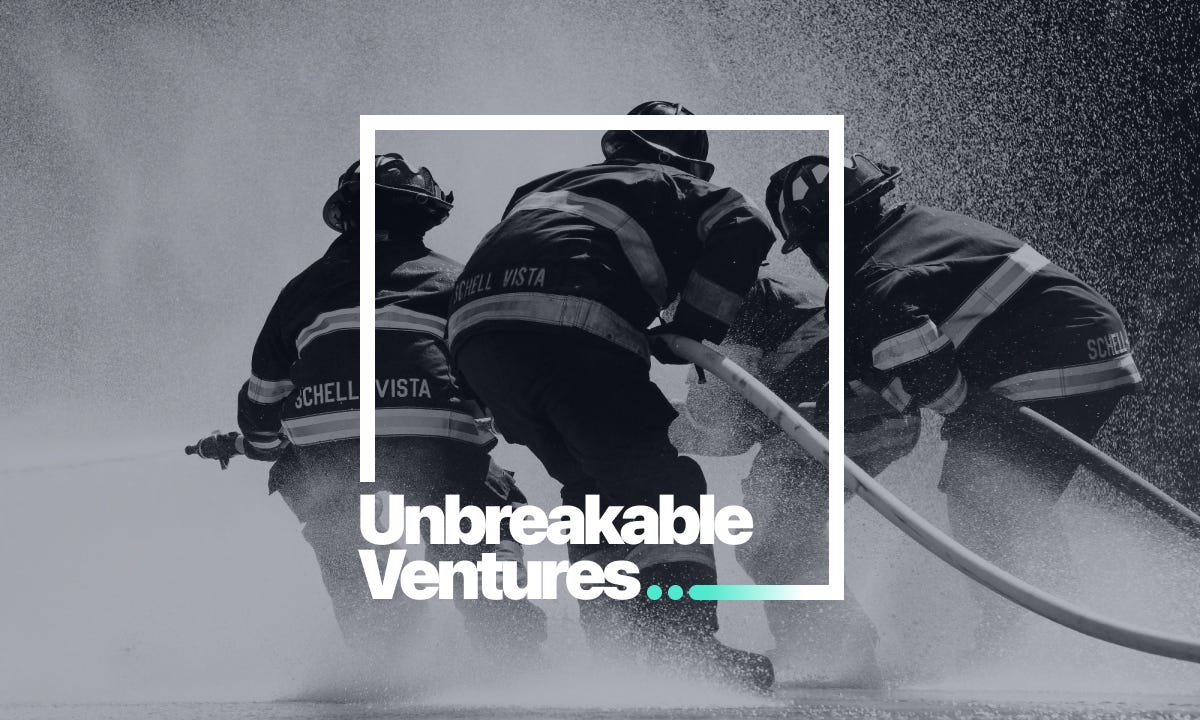The Premium Purge: How to use insurance intel to protect your business through smart-tech
How underwriters might be using the same tools we use to determine risks, and what you can do about it.
The LA fires were amongst one of the top stories as the new year set into play. As of January 30th, at least 29 people have been confirmed dead as a result of the disaster1. The estimated damage and economic loss is expected to be between US$400 billion and US$450 billion making it America’s most costly natural disaster (some are still arguing it was cau…
Keep reading with a 7-day free trial
Subscribe to Unbreakable Ventures to keep reading this post and get 7 days of free access to the full post archives.





